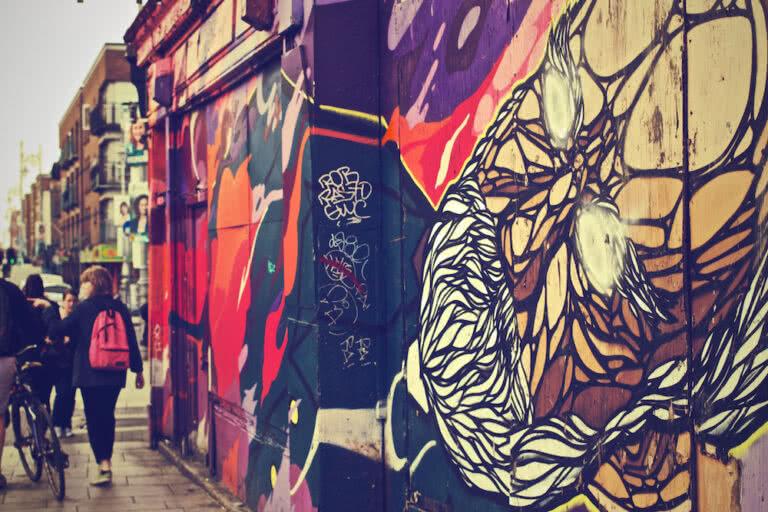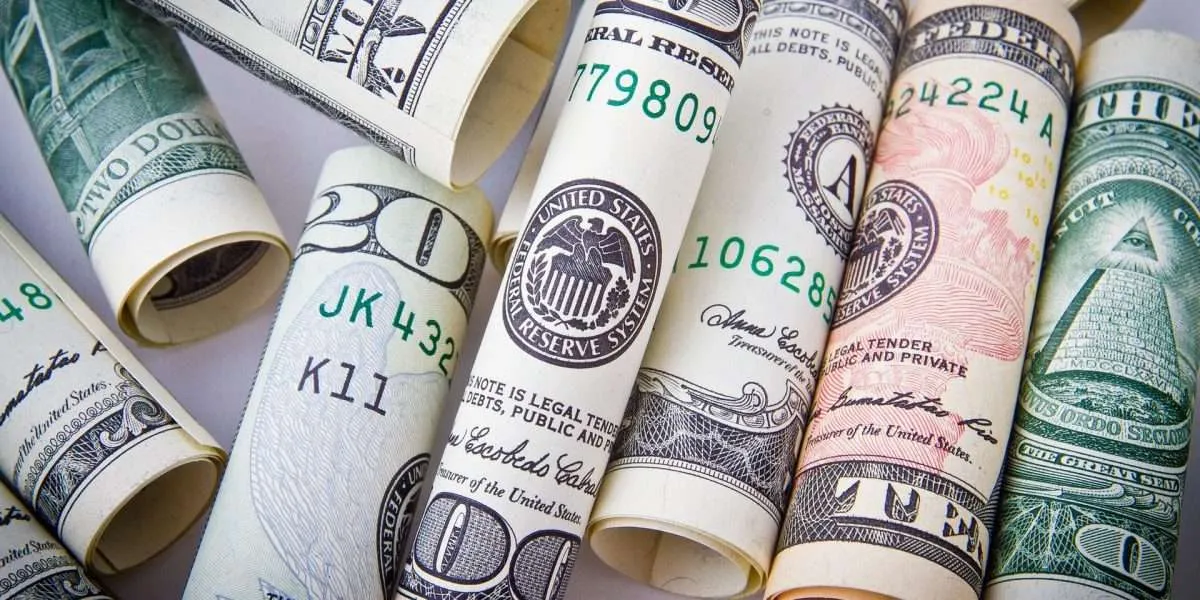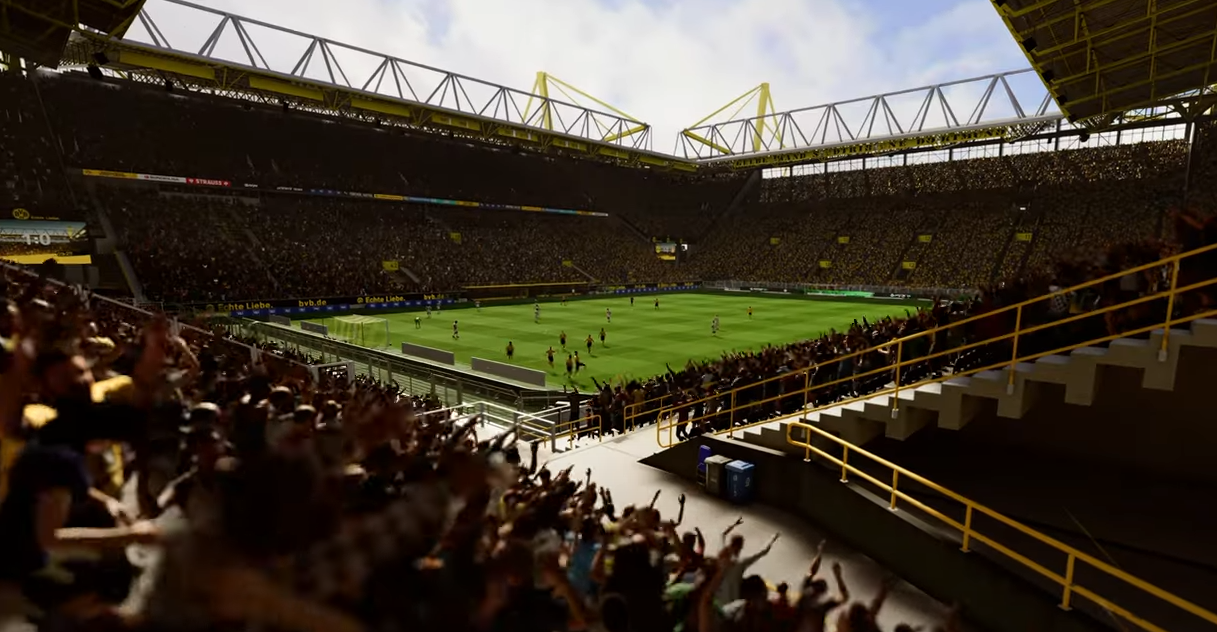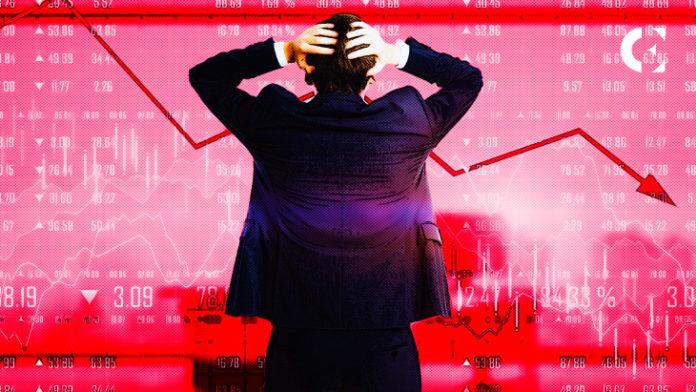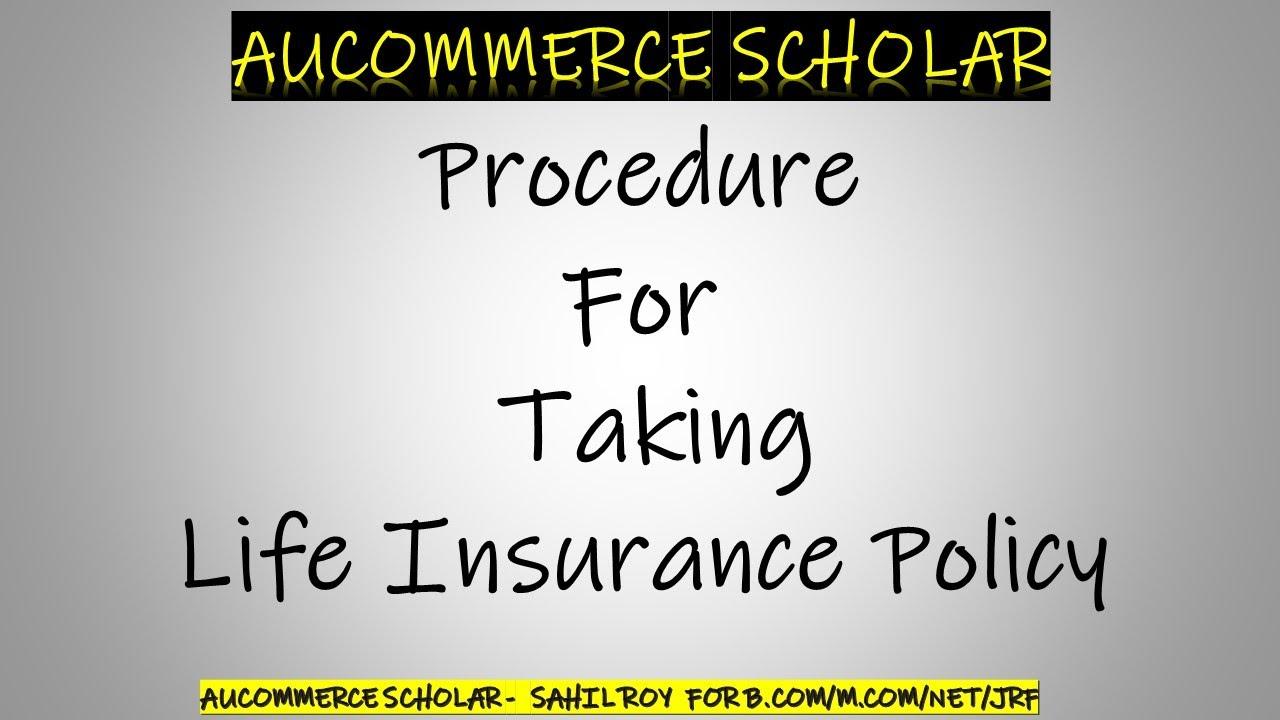Events have the power not only to bring people together, to entertain and inform, but also to educate and inspire. A great arts and culture festival does all these things, challenging perceptions and providing a new point of view via a wide variety of mediums.
We asked the organisers of some of the UK’s leading arts and culture festivals how they use art, sculpture, dance, theatre, literature, poetry and music to connect and engage with attendees.
Here they share with us how to organise the perfect arts and culture festival.
Tina Ziegler, Moniker Art Fair 2016 & The Art Conference

Tina Ziegler
Through my work with Moniker Art Fair over the last six years, along with the launch of The Art Conference in 2016, there are three key areas which I think are vital to organising events of this nature:
1. Build a movement or culture around your festival
There’s a lot of competition, so you need to be exhibiting and showcasing art that represents your unique vision or an artistic movement – build an audience around what you know, and offer them something they may not have seen before. Surprising your visitors and making them feel comfortable in the environment you create is essential to building a strong reputation.
2. Audience engagement
Art is, after all, about trying to forge a connection between the piece/artist and the viewer. Taking that experience beyond a single sense, or allowing someone to become one with the work, changes not only the perception of an exhibition but the perception of oneself.
3. Make it worth the trip
The more there is to see, hear, play with, debate, eat and drink, the longer you’ll keep visitors at your festival. They’ll have time to soak up the atmosphere, and time to hopefully create lasting memories. Don’t make the trip a throwaway hour – if you have the opportunity to hold their attention, why wouldn’t you?
Tim Wilson, Heritage Arts Company

Tim Wilson
There’s no perfect arts festival, just as there’s no perfection in people. That’s not pessimism, it’s the highest optimism. At VAULT Festival we’re always reaching for better – better artist opportunities, better audience communication, better experiences for everyone – but we know we’ll never hit perfect.
In our first four years, growing to audiences of 40,000 has meant listening to two impulses: our own dreams for what the festival might become, and the desires of our audiences and artists. Keep those two pillars of wisdom visible and it’ll be harder to have a bad time.
Sometimes those two ideals conflict. Most of the time they’re hard to deliver. It’s always – always – chasing that perfection. Accepting you’ll never get there is what keeps you getting better. Accepting ‘The Long Game’ (alternative title: You’ll Never Get Rich Doing This) means not adopting smash and grab policies, not treating people as income streams, always honour the intention and forgive the execution.
Marcus Davey at the Roundhouse said to me: “Always remember why you’re doing it”. Fundamental stuff, this – content for the counsellor! But it’s true. With a mind as still as water, just the smallest tilt towards perfection – or shall we say, betterment – will make the flow towards better festivals inevitable.
Related: How ILLUSTRATED became more than just an art fair
Monica Ferguson, IF: Milton Keynes International Festival

Monica Ferguson (credit: Shaun Armstrong)
IF: Milton Keynes International Festival is a biennial 10-day festival founded in 2010 to ‘raise the artistic adventure’ of the city and challenge hackneyed perceptions of Milton Keynes. It features a blend of ticketed and free events in unusual spaces and public places right across the city centre.
The programme includes new commissions and site responsive work by international artists and companies that draw large audiences of non-traditional arts attenders in non-arts spaces. Other key elements are a Spiegeltent, with a mix of music, comedy, contemporary circus and cabaret, a free acoustic stage and free outdoor family events.
We involve businesses and organisations early on to work with us to build projects from the ground up which is perhaps a different approach to many other festivals. This helps us lever additional sponsorship, and in turn generates PR and local employee involvement which also helps amplify the festival’s profile.
Absolutely key to the festival’s success has been the development of a strong brand identity, and unique large-scale commissions that have driven word-of-mouth with a focus on quality and experience.
Importantly, the choice and shape of the programme is designed to have elements that will appeal and reach out to different audience demographics – from ‘culture vultures’ to people who would not usually attend arts events.
Karen MacKinnon, Artes Mundi

Karen MacKinnon
Artes Mundi is the UK’s leading international contemporary art prize. Since the first exhibition in 2004, hundreds of thousands of visitors have viewed and engaged with the work of artists from dozens of countries around the world.
Over the years Artes Mundi’s core elements of socially engaged and site specific practices have begun to seep out of their original parameters. So now, in addition to delivering the Artes Mundi 7 exhibition and prize (running from 21 October 2016 to 26 February 2017 at the National Museum Wales and Chapter in Cardiff), we are working on a project exploring ideas around art and regeneration in the post-industrial South Wales valleys.
This expanded programme is of course as much about the human condition as the exhibition and prize itself. Whilst the exhibition inspires, reveals and connects with pertinent ideas and issues across the globe, working directly with people in the community enables us collectively to put these ideas into practice, connecting local situations and global perspectives in a way which can begin to empower and connect those who feel disempowered and disconnected.
Related: Set the screen: How to create a great film event
Ahmed Kaysher, Saudha, Society of Poetry and Indian Music

Ahmed Kaysher
First of all, through my communication and planning, I always let the audience know what new things they can expect that have not been usually offered in traditional presentations.
Saudha is in the process of creating a new audience for Indian classical music in the West. As we all know, any classical music is a profound form of art and it has been stereotyped for a long time as only for technical audiences. It’s therefore quite challenging to involve an ordinary audience into this.
Through gluing up classical music with poetry and classical dance we aim to interpret the meaning of this seemingly abstruse and extremely metaphoric music.
I always make sure the performers I invite have an unquestionable journey in music with their own followers. And because we mingle so many other global art forms seamlessly into the thread of music, and those art forms already have their own chain of followers, that ensures a diverse audience in the hall.
Once they come, they become regular followers of Saudha’s events for the hypnotic high-quality moments we create through the divine, remedial music.
Conclusion
Great arts and culture festivals make the arts accessible to all, regardless of age or background. They turn concepts into something tangible and, as opposed to being static displays, present interactive experiences that help them connect with their communities.
